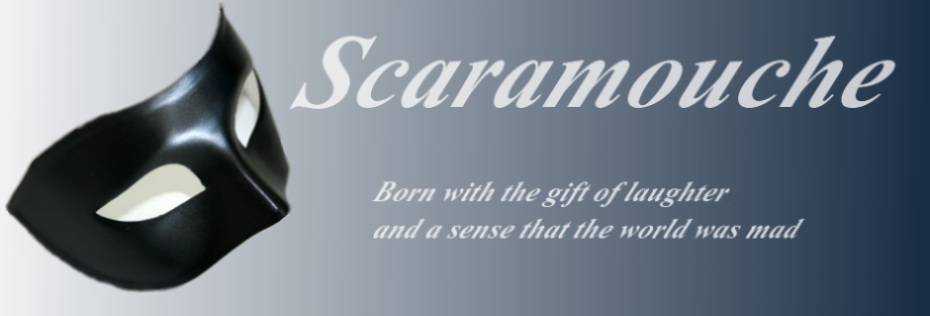With both fundraising and construction moving toward completion, the Canadian Museum for Human Rights is turning its attention toward the exhibits it will put on display.
Museum officials met Sunday with representatives from across the country from the Chinese Canadian community to begin discussions how to tell their story.
Joseph Du, president of the Winnipeg Chinese Cultural and Community Centre, where the talks were held, said he'd like to see a pair of human rights issues that are close to his heart addressed at the museum -- the head tax, a fixed fee charged to each Chinese person entering Canada starting in 1885, and the Chinese Exclusion Act, a U.S. law that banned immigration from China.
"It's about education. People will learn from history and hopefully won't make a similar mistake," Du said. "We hope (the discussions) are the beginning, like a seed that will flower and turn to fruit."
It's important to realize there are three distinct groups of Chinese Canadians, said Jan Walls, professor emeritus at Simon Fraser University, who taught Chinese history and literature for 40 years. There are the first immigrants to come to Canada as carpenters and millwrights in 1788 and their descendants; there are those who worked on building Canada's national railway in the 1880s and their descendants; and those who came across the Pacific Ocean from Hong Kong, Taiwan and more recently from the Chinese mainland, as university graduates and experienced business people.
"These are three different categories with very different impressions of what being a Chinese Canadian means to them," he said. "A very important part of being a Canadian is our sense of harmonious diversity. Diversity without harmony is cacophony and harmony without diversity is monotony."
Angela Cassie, the museum's director of communications, said it has been working with a New York-based research team, Ralph Appelbaum Associates, on its content, both for its opening and beyond. She said such dialogue is an important part of the content development process and will ensure the exhibits are accurate.
"We have professional researchers and academics at the museum. If you think of the hundreds of stories we need to research, we're working with contractors who are experts in their fields to help us refine them. It's important to touch base with the communities (to be represented at the museum). It's a human rights-based approach, you're not just studying people as subjects," she said...That's because you're also studying people as victims. (And you can be sure that political correctness will preclude certain victim groups--women in Saudi Arabia, for example--from having their "stories" told.)
As an aside, don't you think "Diversity without harmony is cacophony and harmony without diversity is monotony" sounds deliciously and clunkily Sovietesque? The perfect message, in fact, to put on museum tchotschkes.


No comments:
Post a Comment